
Joint Symposium of the International PhD Programs
MPD/2008/1 (UW), MPD/2010/4 (WTU/UW), MPD/2009 3/2 (IBB PAS and IIMCB)
October 5 - 8th, 2012, Hotel Pułtusk Castle, Poland
Friday, October 5th 17:30 - 18:00
Olexandr Kuzmych
Studying of titanium dioxide electrode’s organic light harvesting dye loading properties depending on film thickens: Nanotubes vs Nanoparticles.
Alex Kuzmych, UW , Supervisor: prof. dr. hab. Magdalena Skompska (UW) Arrays of free standing TiO2 nanotubes (TNT) on transparent conducting glass substrate (FTO) with a varied thickness of 2, 4 and 6 microns were produced by electohemical anodic oxidation method. For comparison, TiO2 nanoparicle (NP) films on FTO of similar thicknesses were produced by a standard screen-printing technique from a paste precursor. Their ability to chemisorb an organic dye D35 was tested by direct and indirect methods. In the first one, the dye was desorbed from a titania surface by a organic alkaline solution of TBAOH and it’s concentration was determined by UV-VIS spectroscopy. In the second, the amount of dye absent from the initial bath solution due to chemisorbtion to TiO2 surface was measured by a difference in initial and final concentrations. A good correlation between two methods was established. It was shown that 2 µm NP film contains more dye molecules than 2 µm TNT film, whereas for a 6 µm film the trend is reversed. This counterintuitive behavior is discussed in terms of diffusion limitation of dye molecules into the network of mesopores of TiO2. A number of solid-state DSSCs based on TNT and NP are measured under light intensities of “10%” and “100% sun”. Their performance is analyzed in terms of working electrode thickness, dye loading, hole transport material (HTM) infiltration ability and its oxidation state. Chairman - prof. Lucjan Piela 
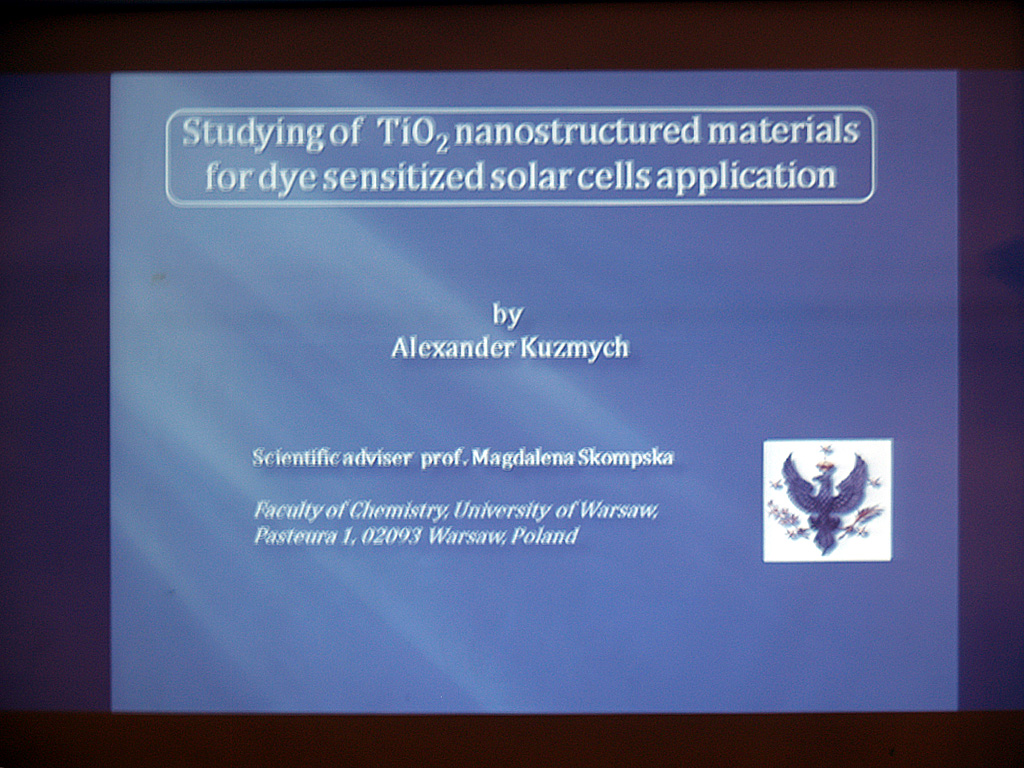

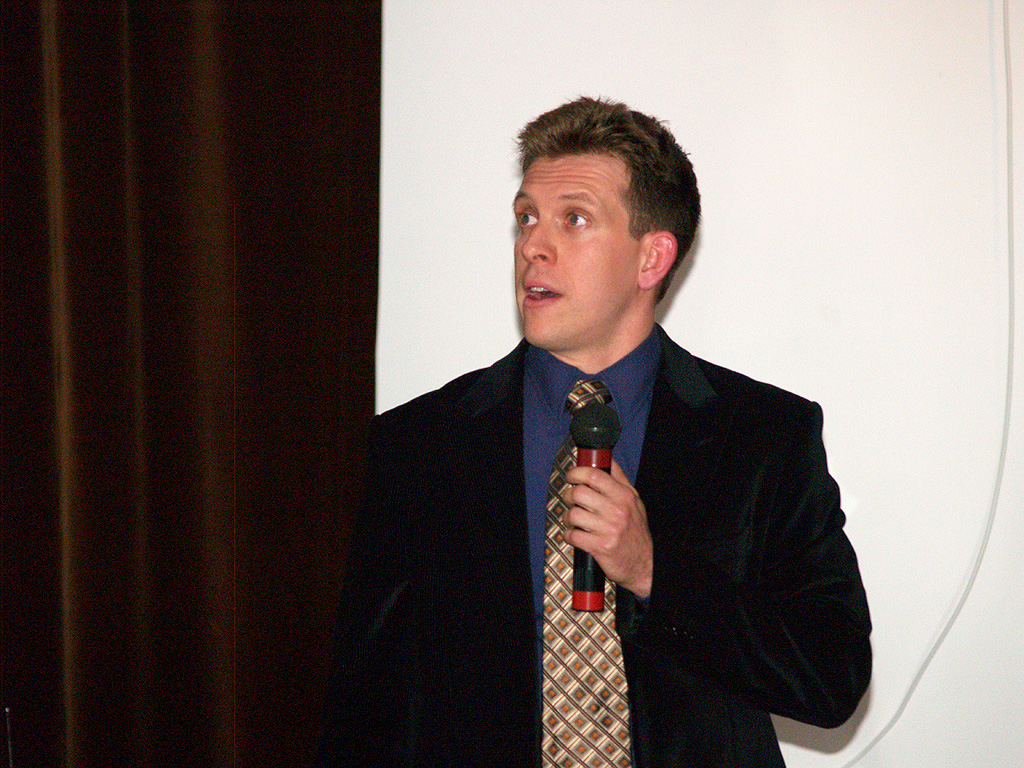
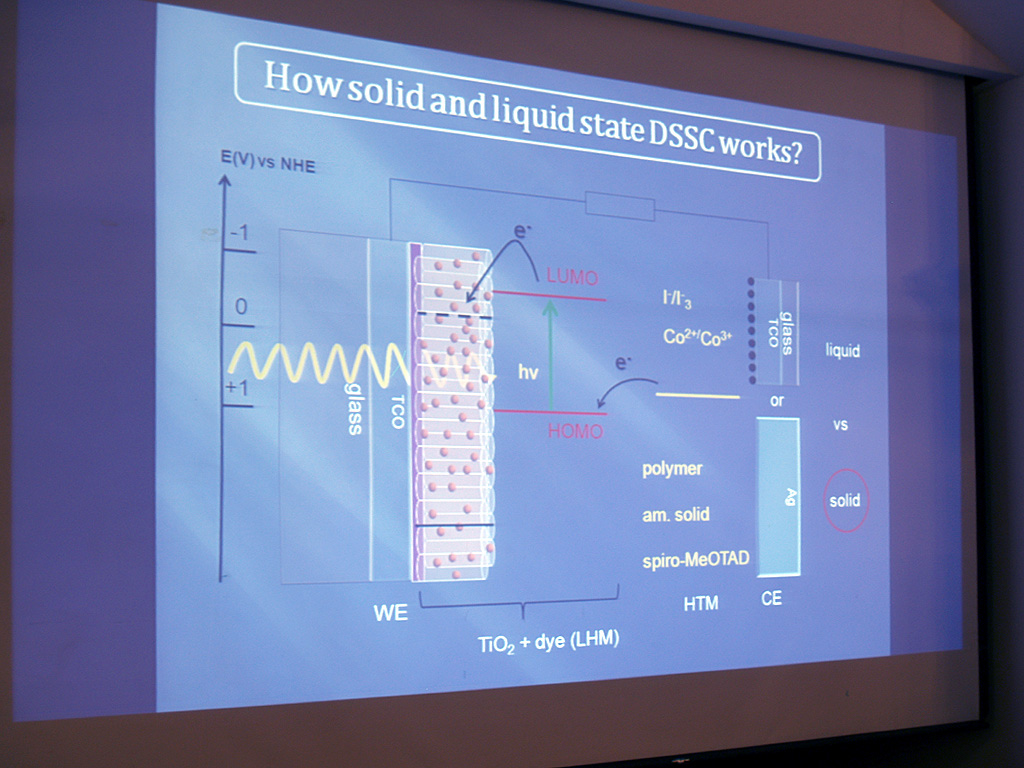
Discussion 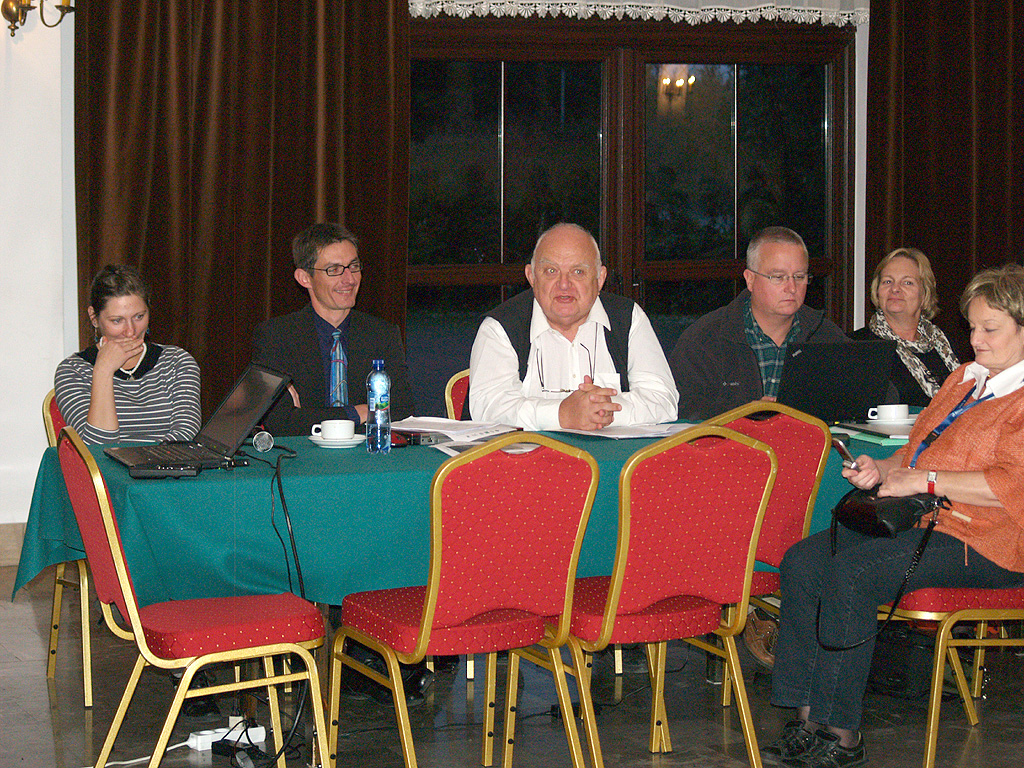
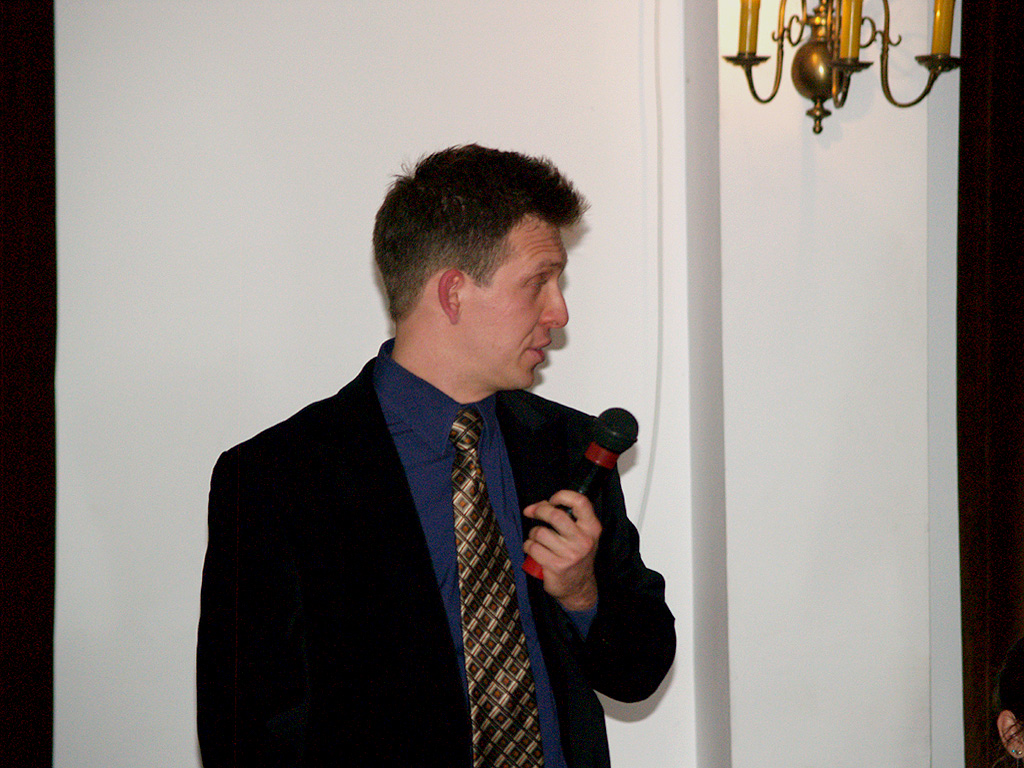
|

|